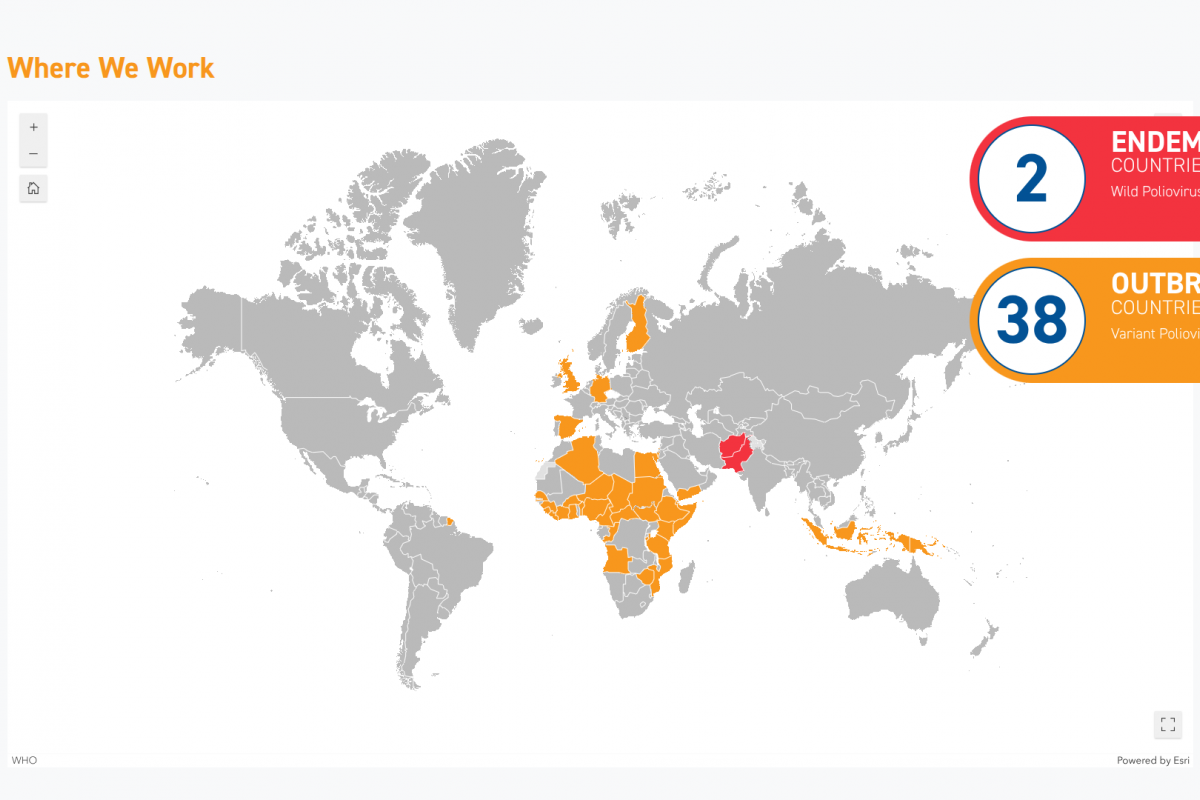- Chloë Grace Moretz and Kate Harrison are married The Washington Post
- Inside Chloë Grace Moretz and Kate Harrison’s Final Wedding Dress Fittings at the Louis Vuitton Atelier in Paris Vogue
- Chloë Grace Moretz marries partner Kate Harrison CNN
- Chloe Grace Moretz’s Wife: 5 Things to Know About Kate Harrison Hollywood Life
- When Did Chloë Grace Moretz and Brooklyn Beckham Break Up — and Who Else Did She Date Before Marriage? inkl
Blog
-
Chloë Grace Moretz and Kate Harrison are married – The Washington Post
-

Putin hails ties with China as Kim Jong-un arrives in Beijing on eve of parade | China
Vladimir Putin has hailed Russia’s “unprecedentedly” high level of ties with China, as dozens of leaders including the North Korean dictator, Kim Jong-un, arrived in Beijing on the eve of a massive military parade intended to showcase a Chinese-led global order.
Putin called China’s leader, Xi Jinping, a “dear friend” after the two held talks at the Great Hall of the People and then at Xi’s personal residence. “Our close communication reflects the strategic nature of Russia-China relations, which are at an unprecedentedly high level,” Putin told Xi, according to a video on the Kremlin’s Telegram channel. “We were always together then, and we remain together now.”
Putin, described by Xi on Tuesday as his “old friend”, is the most prominent of a roster of autocrats who have gathered in China this week for a double bill of events designed to project the might of the world’s second-biggest economy and geopolitical rival to the US.
Hours after the Putin-Xi talks, Kim arrived in China in an armoured train accompanied by his daughter, Kim Ju-ae, who was making her international debut after years of being seen next to him at domestic events and is considered by South Korean intelligence to be her father’s most likely successor.
A Kremlin aide told the Russian Interfax news agency that Putin was likely to hold talks with Kim on Wednesday.
Kim Jong-un disembarks at a railway station in Beijing on Tuesday. Photograph: Pang Xinglei/AP At the Victory Day parade on Wednesday, thousands of soldiers are due to march through the streets of the capital in a show of Chinese military might. Rumbling tanks and powerful fighter jets will also be on display for the event, which is being held to commemorate 80 years since the defeat of Japan in the second world war.
The gathering of global autocrats – leaders from Iran, Myanmar and Zimbabwe will also be present, along with a host of other non-western dignitaries – has been described as the “axis of upheaval” by analysts.
Putin also met Slovakia’s Moscow-friendly prime minister, Robert Fico, the only EU leader in attendance, whom he praised for his country’s “independent” position. Fico has repeatedly criticised Kyiv and stalled European Union sanctions against Moscow, arguing they put Slovakia’s energy security at risk. Putin suggested that Bratislava cut off gas supplies to Ukraine. “Ukraine receives a significant volume of energy resources through its neighbours in eastern Europe. Shut off gas supplies that go in reverse,” he told Fico.
On Ukraine, Putin said he had never opposed Ukraine’s potential membership of the European Union. “As for Ukraine’s membership of the EU, we have never objected to this … As for Nato, this is another issue.” The Russian president also said he had no intention of attacking Europe.
Putin’s comments on the Russia-China relationship came as the two countries signed a deal that will sharply increase Beijing’s imports of Russian gas over the next 30 years. Putin and Xi agreed to build the Power of Siberia 2 gas pipeline, which will allow the transit of 50bn cubic metres of gas to China each year.
China’s purchases of Russian energy and the booming bilateral trade between the two countries have been an economic lifeline for Moscow since the start of the war in Ukraine.
Xi Jinping, fourth from left, speaks with the Iranian president, Masoud Pezeshkian, fourth from right, at the Great Hall of the People in Beijing on Tuesday. Photograph: Parker Song/AP The pipeline will travel through Mongolia. Like Putin, Mongolia’s president, Khurelsukh Ukhnaa, was in China for the annual Shanghai Cooperation Organisation summit, which took place in Tianjin on Sunday and Monday.
Xi said on Tuesday: “The more chaotic the international situation becomes, the more China, Russia and Mongolia should strengthen solidarity and cooperation.”
Chinese state media reported on Tuesday that Putin and Xi signed more than 20 bilateral cooperation documents during talks in Beijing. China also announced it would extend visa-free travel privileges to Russian passport holders, starting from 15 September.
India’s prime minister, Narendra Modi, also attended the SCO summit, in a sign that China-India relations are thawing after the imposition of heavy US tariffs on Indian exports.
Kim arrived in Beijing for the parade on a specially armoured train, in his first visit to China since 2019. It is also the first time since 1959 that a North Korean leader has attended an international event of this scale.
Kim’s trip comes after a period in which ties between Russia and North Korea have deepened, with Pyongyang sending tens of thousands of troops to fight for Russia in the war in Ukraine.
About 600 North Korean soldiers have been killed fighting for Russia in the Kursk region, according to South Korea’s intelligence agency, which believes Pyongyang is planning another deployment.
Xi, speaking at the SCO summit on Monday, proposed a “global governance initiative”, the latest in a slew of Chinese “global initiatives” to reshape the world order according to principles favoured by Beijing.
Continue Reading
-

Chanel Partners With Biennale College at Venice Film Festival to Support Upcoming Talents in the Movie Industry
Audrey Diwan, director, screenwriter, and Chanel’s friend of the house, took the helm as patron of this year’s Biennale College—Cinema, tightening the brand’s bond with the programme. No stranger to Venice, Diwan won the Golden Lion in 2021 with the movie Happening, starring Chanel’s ambassador Anamaria Vartolomei.
She praised the talent of the participants, saying that, while each of their work was highly individual, they all share a common thread: “ They put women as strong characters at the center of their movies,” she said. “When I first imagined becoming a filmmaker, there weren’t many films that placed women at the centre, as subjects in their own right. Today, it feels like a vital way to explore our reality. What’s interesting is that this shift isn’t only happening with female directors. Take The Nuns, for example, the movie by Massimiliano Camaiti set in a convent—directed by a man, yet entirely seen through the eyes of nuns. So yes, for me, the point is simple: women at the core. At the heart of each story there’s a strong female character—whether her strength is tender, fierce, or quietly resolute, it’s definitely the focus.”
“I take it as a very encouraging sign, because ultimately we have to move beyond gender,” she reflected. “I love the idea of trying to see the world through a man’s eyes, just as I hope men can look through mine. That kind of freedom is essential. I don’t believe that being a woman means you can only tell women’s stories; what matters is sharing a vision with sincerity and integrity. Of course, it can be more difficult to fully embrace another gaze, but when the effort is genuine, it shows that something is shifting, that collaboration between genders is evolving. And fiction, after all, has a way of revealing exactly where we stand as a society.”
Continue Reading
-

Goodwin Advises Paragon on Acquisition Financing for SCHELL | News & Events
Goodwin advised Paragon Partners GmbH (“Paragon”), on the refinancing of the acquisition of Schell GmbH & Co. KG (“SCHELL”). The financing was provided by a lender club consisting of LBBW, ABN Amro, CIC and ODDO BHF.
SCHELL, headquartered in Olpe (Germany), is an international specialist for fittings, innovative sanitary technology products and digital solutions for maintaining drinking water quality. The company is the global market leader in water management systems and angle valves. Its portfolio for use in public and commercial sanitary facilities also includes fittings for all relevant tapping points in a building. SCHELL employs around 450 people and is active in over 80 countries.
Paragon is an owner-managed, private group of companies that has been investing in medium-sized companies in German-speaking countries since it was founded in 2004. Paragon works closely with its portfolio companies to achieve sustainable growth and operational excellence. Paragon’s portfolio covers various industries and currently consists of 13 companies. The company is headquartered in Munich and has more than €2.4 billion of equity under management.
The deal team was led by partners Folko Moroni and Winfried M. Carli and included associates Jakob Lutzenberger, Philipp Lehle and transaction lawyer Anna Zoth (all Private Equity/Finance, Munich) as well as associate Philipp Lauer (Tax, Munich).
Continue Reading
-

Olympic 200m champion Gabby Thomas to miss 2025 World Athletics Championships due to Achilles injury
The USA’s Paris 2024 200m gold medallist Gabby Thomas will not compete in this year’s World Athletics Championships in Tokyo after suffering from an Achilles injury.
Thomas, who also won gold in the 4x100m and 4x400m relays at last year’s Olympic Games, was aiming to secure a maiden individual world title in Japan, having finished second in the half-lap event in Budapest in 2023.
“I understand that it will be disappointing for some track fans to hear this news, but I’ve finally come to the realization that it’s OK to be human and take care of myself,” the five-time Olympic medallist said in a press release.
“As an athlete you always want to keep grinding, but sometimes you simply can’t outwork an injury. Sometimes it’s about patience and making the right decision for the long term. All the best to my Team USA teammates fighting for medals in Tokyo.”
The Olympic Games in Paris represented a milestone in Thomas’ career, as she claimed gold in the 200m final, upgrading the bronze she won in the same event at Tokyo 2020.
However, the 2025 season had proven to be more of a challenge for the Harvard-educated athlete, with her best 200m time this year of 21.95 seconds placing her fourth on the 2025 list of fastest women, behind Saint Lucia’s Julien Alfred (21.71) and Thomas’ compatriots Melissa Jefferson-Wooden (21.84) and Mckenzie Long (21.93).
Continue Reading
-

Will Power To Depart Team Penske Before 2026 Season
Will Power will leave Team Penske before the 2026 NTT INDYCAR SERIES season, ending a 17-year tenure with the legendary organization, Team Penske officials announced Sept. 2.
Power is one of the most successful drivers in INDYCAR SERIES history, with 45 wins, two series championships (2014, 2022) and an Indianapolis 500 presented by Gainbridge victory in 2018. He also has a series-record 71 career pole positions.
SEE: Will Power Bio
“It’s been the honor of my life to drive for Roger and the Penske organization,” Power said. “We have accomplished so much together, and I will always be grateful for my time with the team and my teammates who have supported me along the way. After much consideration, I felt like a change for me was the right move at this time.”
Australia native Power collected 42 of his INDYCAR SERIES victories during his Team Penske tenure.
“As we sat down to talk about our future together, Will felt that it was time for him to make a change beginning with next season,” Roger Penske said. “He has been an outstanding driver and teammate for our organization. His results speak for themselves, and we wish him the very best in the next phase of his career.”
Power, 44, finished ninth in the NTT INDYCAR SERIES standings this season, the leader among the three Team Penske drivers. He won the race last month in Portland (photo, above) to earn the team its first victory of the 2025 season. He has won at least one race in 16 of the last 17 seasons.
Team Penske will announce its plans for the No. 12 Verizon Chevrolet at a later date before the 2026 season.
Continue Reading
-

29 Poliovirus Cases Reported in Yemen — Vax-Before-Travel
(Vax-Before-Travel News)When the World Health Organization confirmed in June 2025 that the spread of the poliovirus remained a Public Health Emergency of International Concern, it identified several countries where visitors are at risk of contracting this severe disease.
As of August 27, 2025, new data from the Global Polio Eradication Initiative (GPEI) reveal an unexpected surge in polio cases in the Republic of Yemen, situated in southern Arabia.
According to the GPEI, 25 circulating vaccine-derived poliovirus type 2 (CVDPV2) cases were reported this week. This updated data brings the number of cases in Yemen for 2024 to 187 and 29 for 2025.
‘The recent increase in reported cases and environmental sample isolates from 2024 and 2025 is not particularly linked to an increase in poliovirus transmission, but rather to retrospective testing,’ wrote the GPEI.
CVDPV2 is a strain of poliovirus that can emerge in under-vaccinated populations when the oral polio vaccine (OPV) strains genetically revert to a form that can cause paralysis.
To address the shortcomings of this vaccine, the nOPV2 vaccine has been deployed over 1 billion times in various countries.
In the United States, the inactivated polio vaccine (IPV) was developed in 1955 and has been offered since 2000. IPVs produce antibodies in the blood that target all three types of poliovirus, thereby preventing the virus from spreading.
As of September 2, 2025, the U.S. CDC recommends IPV booster doses for specific travelers visiting areas where poliovirus has been detected, such as Israel and Germany.
IPVs are currently offered at travel clinics and pharmacies in the U.S.
Continue Reading
-

Amazon ends shared Prime free shipping outside your home
Amazon is axing the program that lets Prime members share their free shipping perk with people outside their household. In an update to its support page, Amazon says it will cut off Prime benefit sharing on October 1st, 2025, prompting invitees who don’t live with the account holder to sign up for their own subscription at a discounted $14.99 rate for an entire year (and then $14.99 per month after that).
Instead, Amazon is replacing this program with Amazon Family, which lets account holders share Prime benefits — but only with people they live with. Amazon says everyone in a “Family” must live at the same primary residential address, defined as “the address you consider to be your home and where you spend the majority of your time.”
Launched in 2015, Amazon Family (formerly Amazon Household) offers access to free shipping, along with additional perks like Prime Video, Prime Reading, third-party benefits like GrubHub, shared ebooks, Amazon Music, and more. You can only add up to one other adult that you live with to your account, up to four teens (but only if you added them before April 7th, 2025), and up to four child profiles.
Continue Reading
-

Seoul 1988 celebrated in latest Olympic Heritage collection released by Lacoste
Expanded Olympic licensing opportunities
The licensing agreement between the IOC and Lacoste is the result of the IOC’s Global Licensing Strategy – an initiative driven by Olympic Agenda 2020+5 that aims to engage and connect fans through official merchandise that strengthens and promotes the Olympic brand, not only during the Olympic Games, but between Games editions as well.
Alongside the Olympic Heritage Collection, which offers products featuring art and design elements from previous Games, the IOC’s core licensing programmes include The Olympic Collection, which seeks to engage a young and active audience through unique branded products such as apparel, toys and games, bags, stationery items and sports equipment; and the Olympic and Paralympic Games Collections, which celebrate each upcoming edition of the Games, and include a wide range of accessories, souvenirs, fan gear and apparel.
Through the sale of official merchandise, collectables and souvenirs, the Olympic licensing programmes provide fans with a tangible connection to the Olympic Games and the Olympic values. All Olympic merchandising items are available for sale at the Olympic Shop.
Continue Reading
-
Winklevoss twins-backed Gemini targets $2.2 billion valuation in US IPO – Reuters
- Winklevoss twins-backed Gemini targets $2.2 billion valuation in US IPO Reuters
- Gemini Announces Launch of Initial Public Offering PR Newswire
- Best Altcoins to Buy Now – Gemini’s Top 3 Picks to Surpass BTC Bitcoinist.com
- Crypto Exchange Gemini Shares IPO Details, Aims to Raise $317M Coinspeaker
- Winklevosses’ Crypto Firm Gemini Seeks $317 Million in IPO Bloomberg.com
Continue Reading